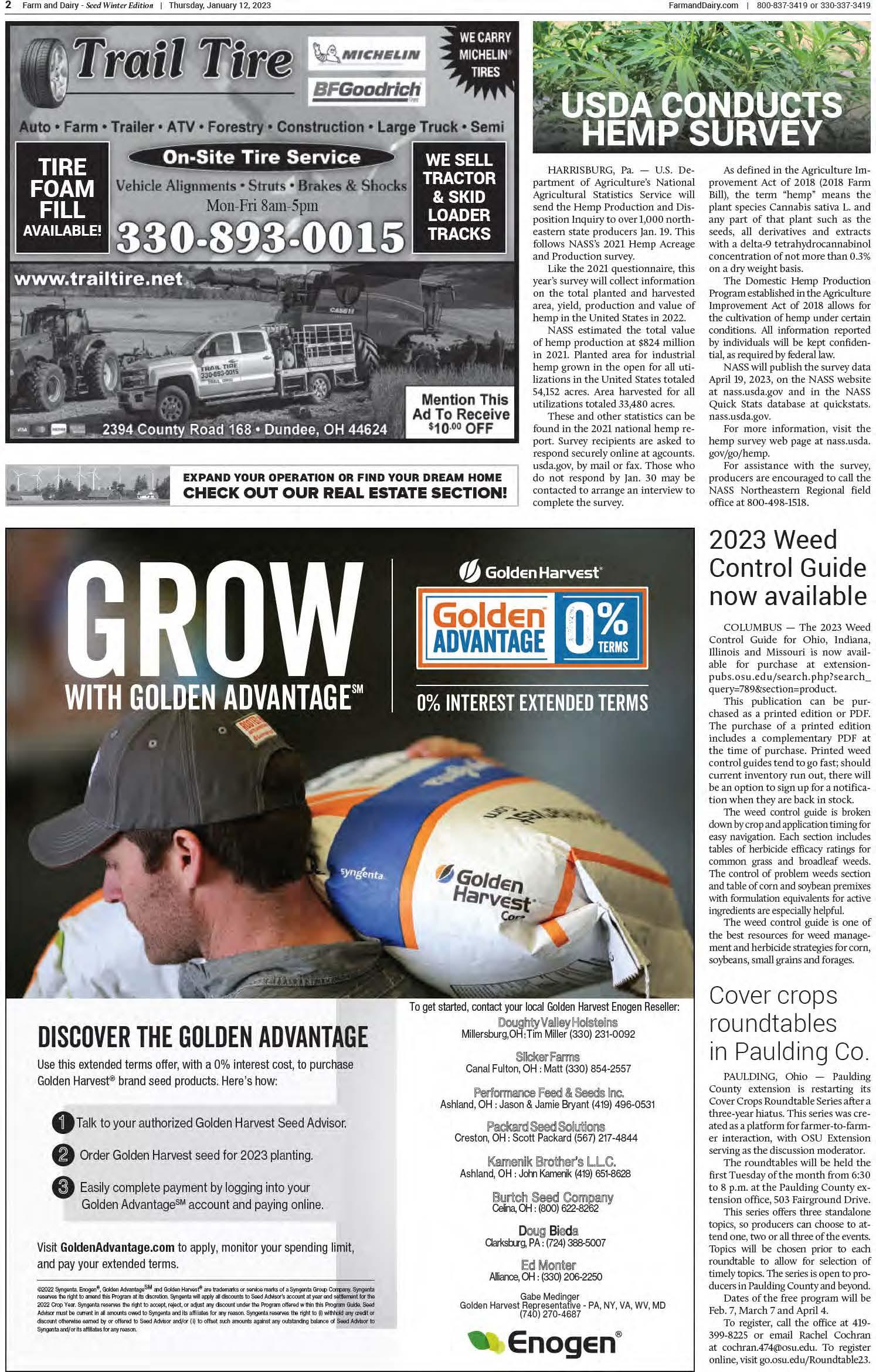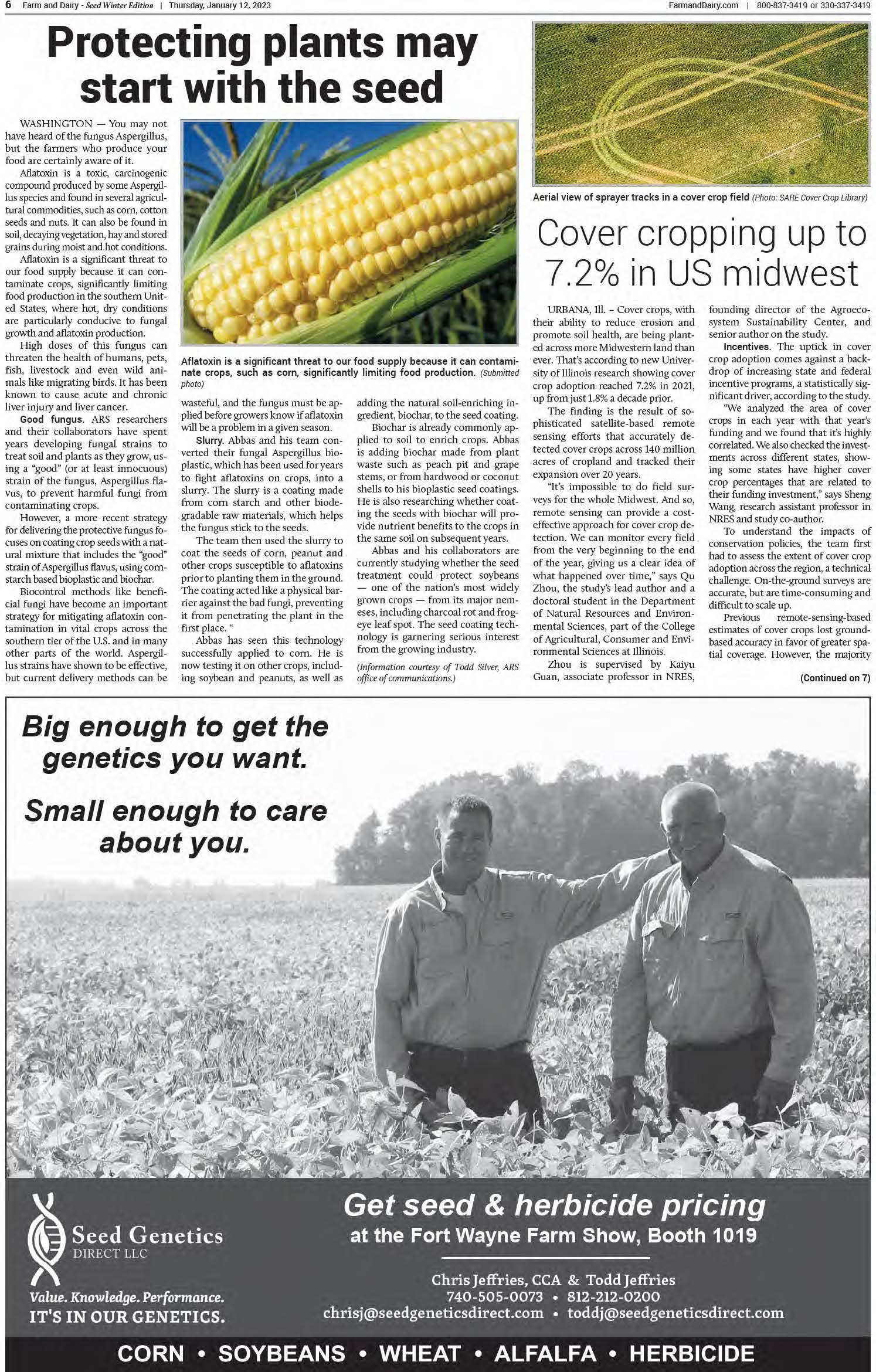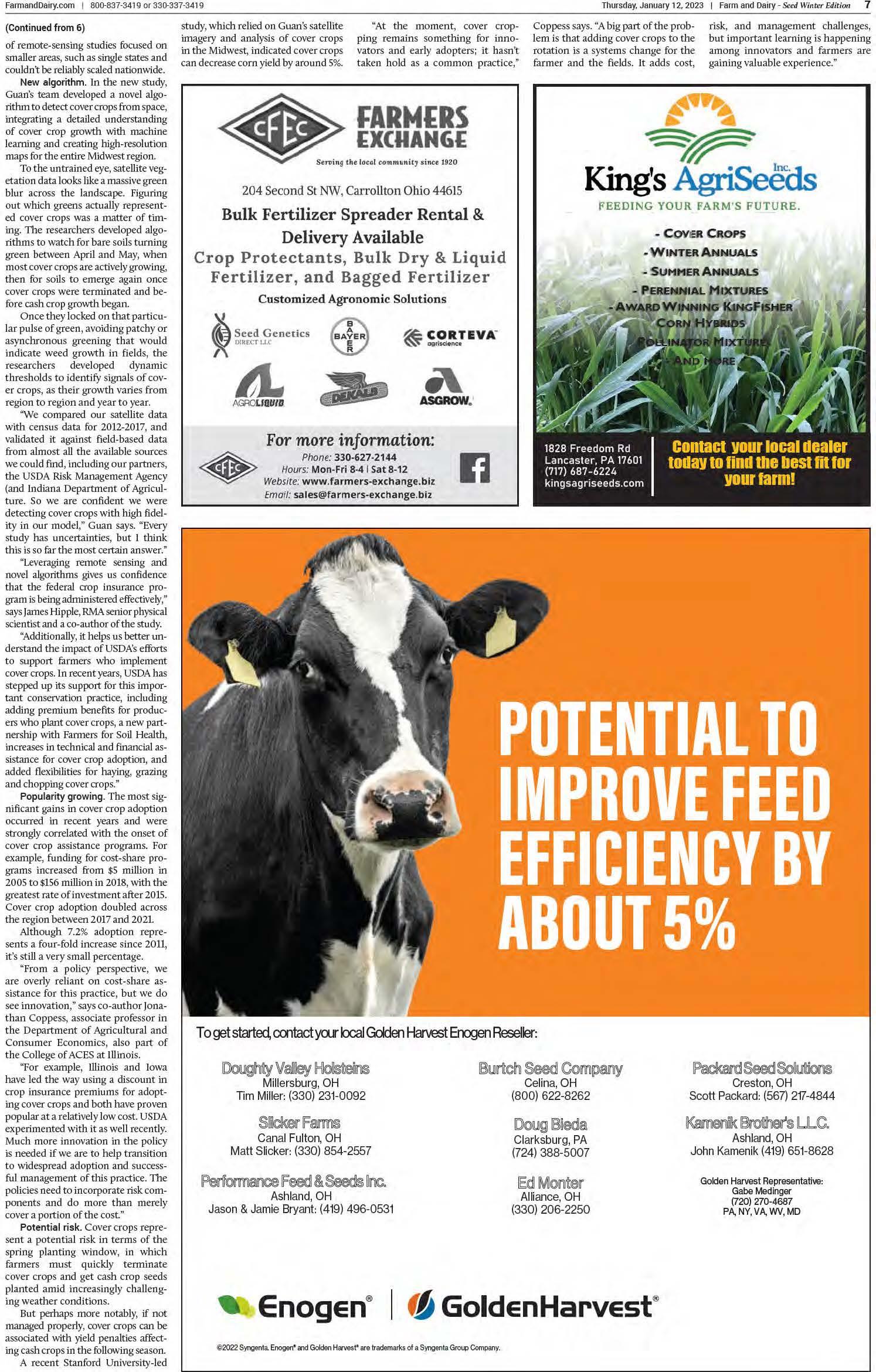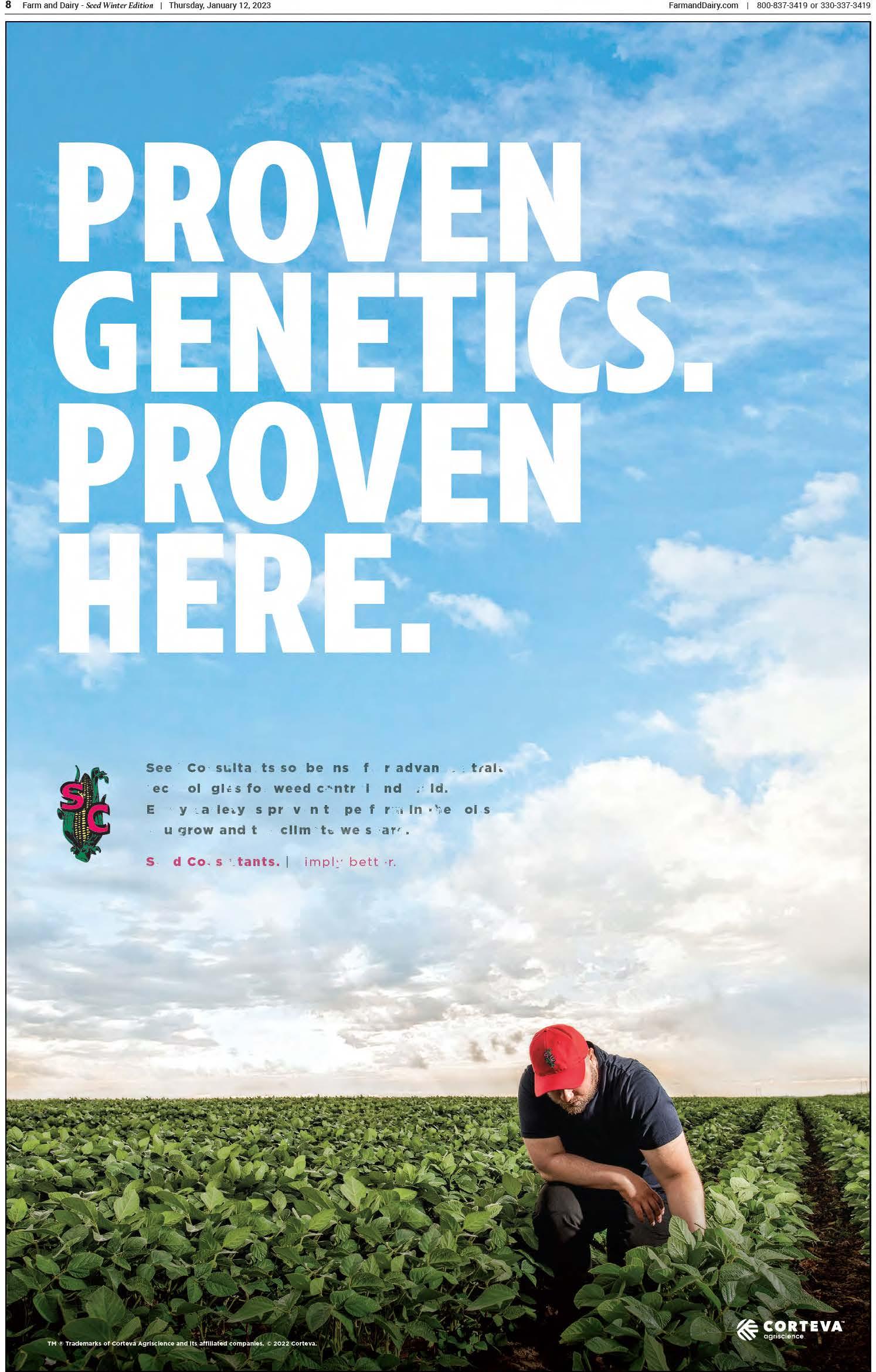


























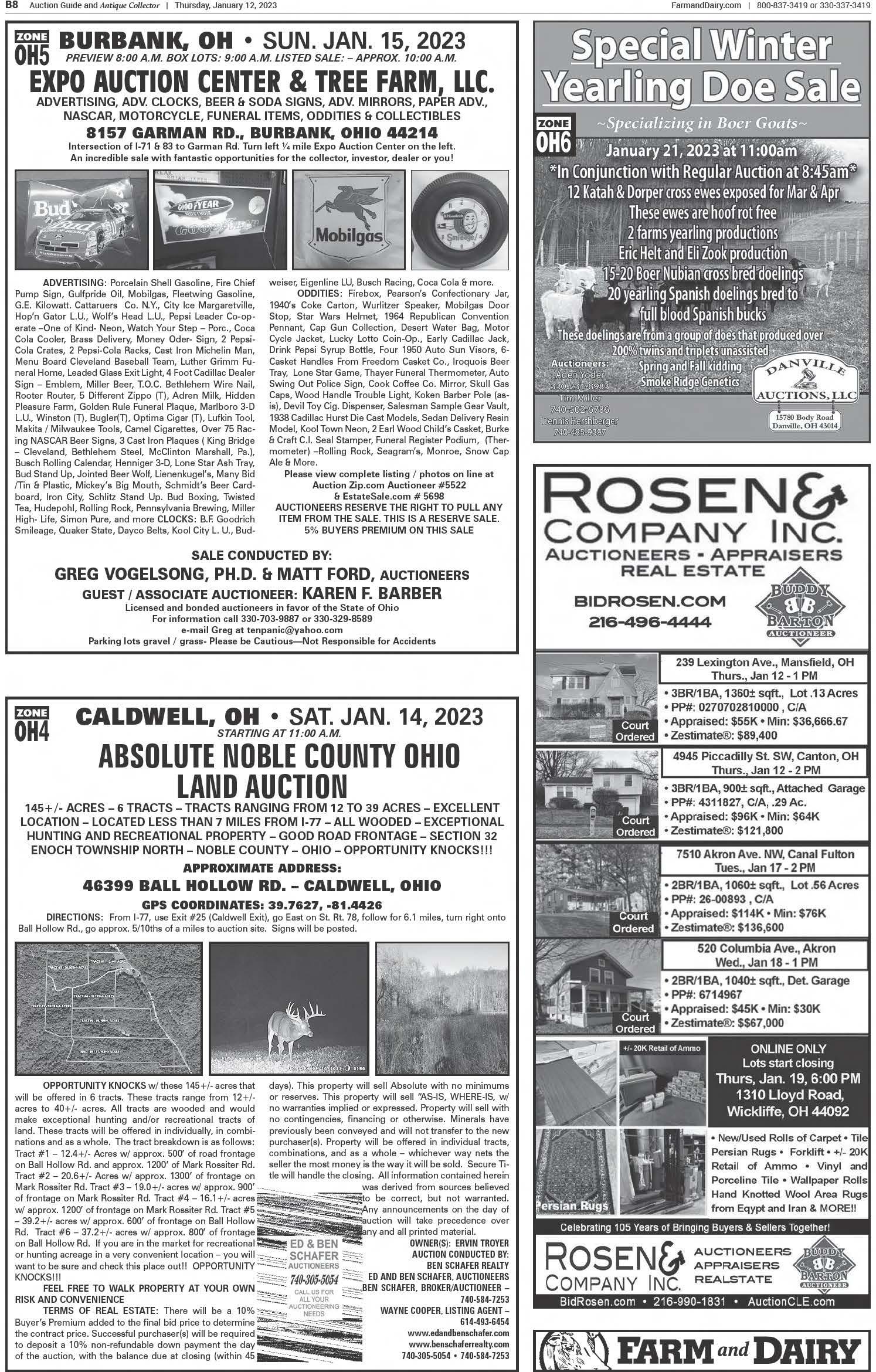






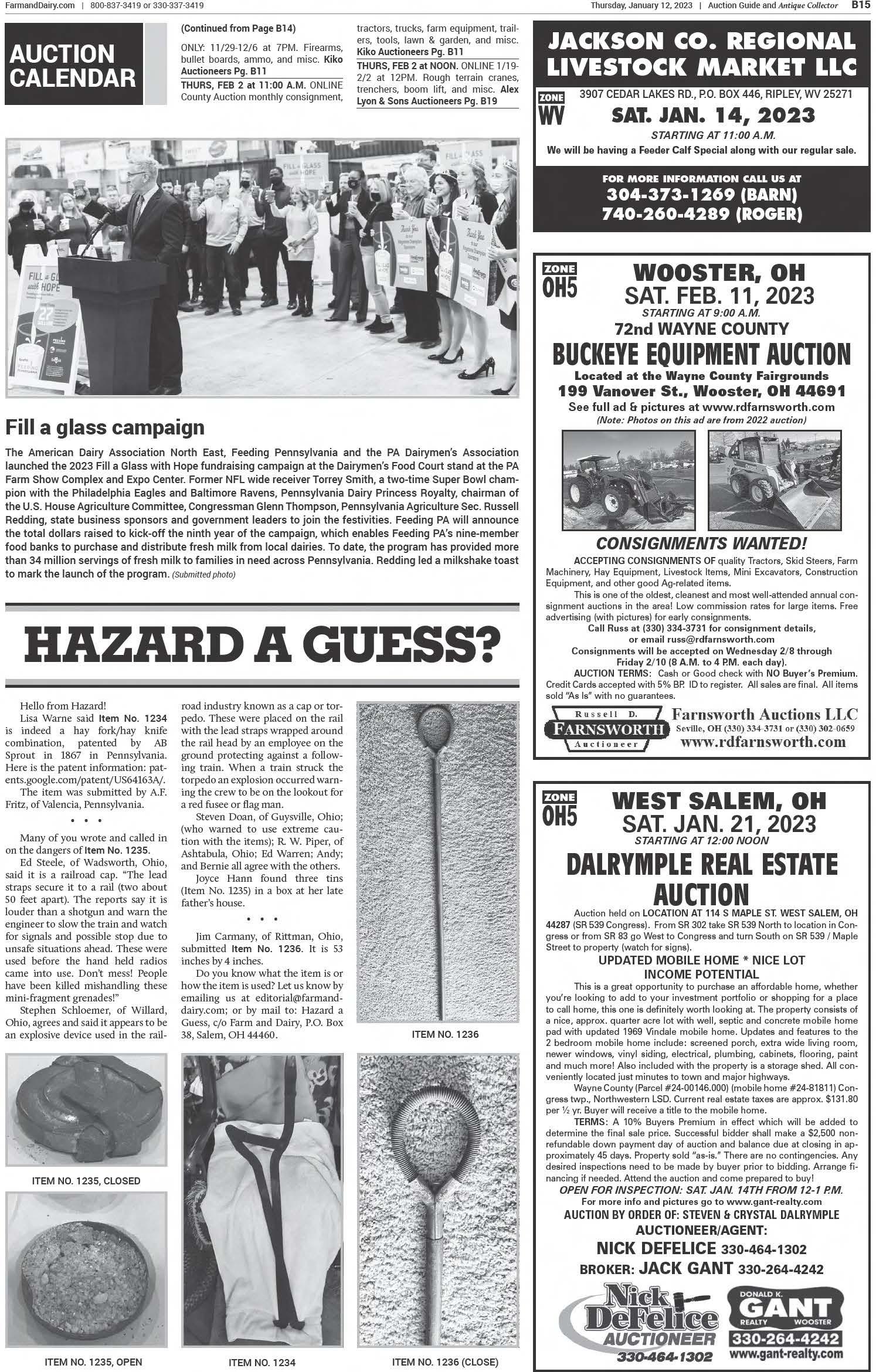



















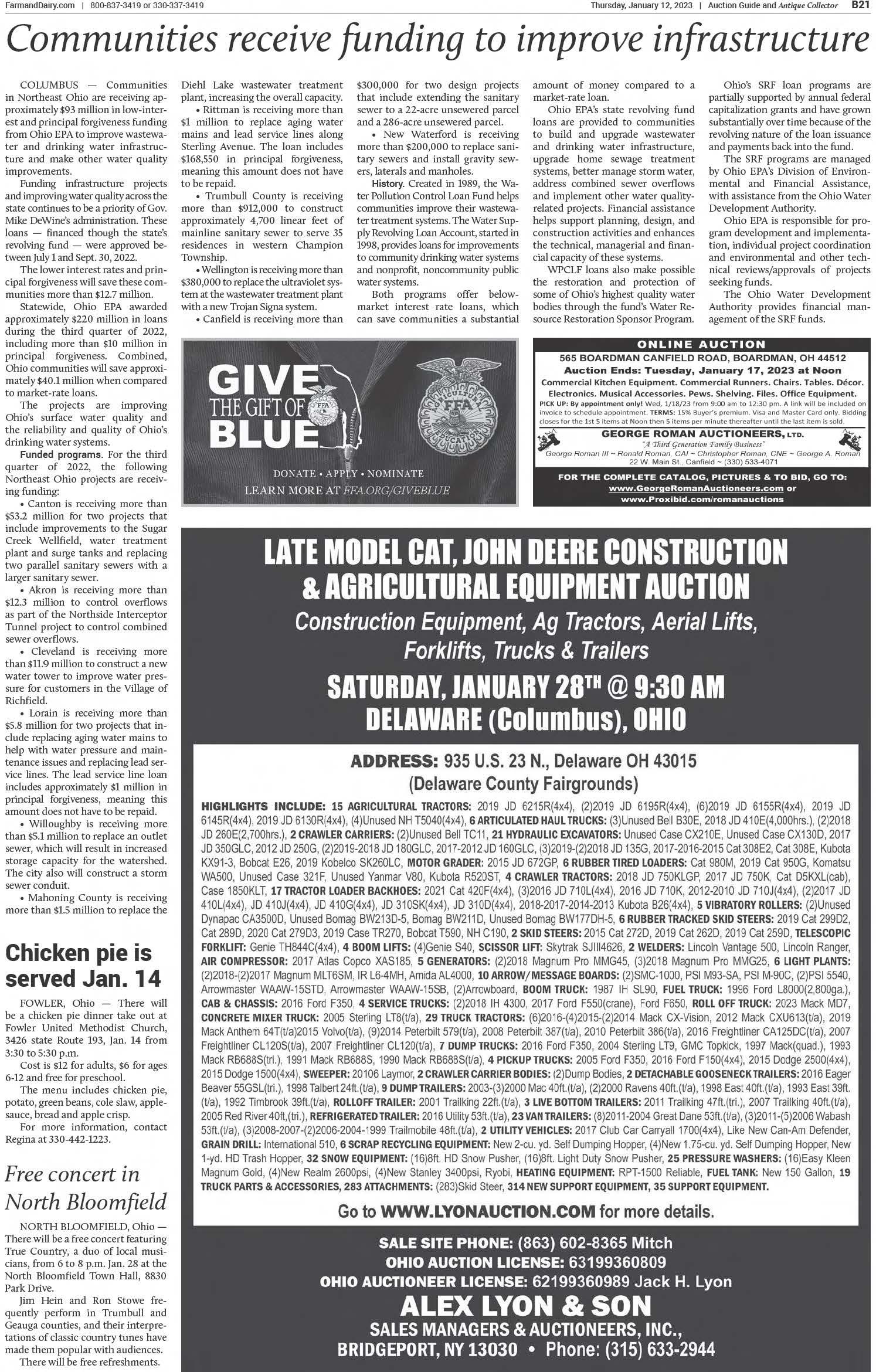


































































COLUMBUS — Gov. Mike DeWine and Lt. Gov. Jon Husted announced $88 million in state support for 123 brownfield remediation projects that will help clean up hazardous and underutilized sites throughout the state.
The Ohio Department of Development is funding the awards through the Ohio Brownfield Remediation Program, which is designed to clean up and prepare hazardous brownfield sites for redevelopment. The projects will impact communities in 35 counties across the state.
The $88 million grant includes approximately $79.3 million for cleanup/remediation projects and $8.8 million for 51 assessment projects. These grants are in addition to the $60 million in Ohio Brownfield Remediation Program grants awarded in April and $192 million awarded in June.
In total, the DeWine-Husted Administration has invested nearly $350 million in funding through the program to support 313 projects in 83 counties.
The funds will help assess and clean up industrial, commercial and institutional brownfield sites that are abandoned, idled or underutilized due to a known or potential
Jeff, Tracy and Jesse Vitek and friend Josey Meddles brought Farm and Dairy on a weekend getaway to watch the South Point 400 NASCAR race at Las Vegas Motor Speedway.

·
Send your vacation picture to: “Vacation With Farm and Dairy,” Farm and Dairy, P.O. Box 38, Salem, OH 44460. Include your name and address, phone number (not for publication) and date and location of the photograph. Or, email us your photo at editorial@farmanddairy.com.
Please be patient when looking for your picture to appear.

release of hazardous substances or petroleum. Following site remediation, properties can be redeveloped to revitalize neighborhoods and attract new economic development.
Projects receiving grants include the following:
• Clermont County Land Reutilization Corporation Project, Combs Dump Site, $178,900 assessment: Formerly used for agriculture, the 1.1-acre property is now covered with various types of waste, including asbestos-containing shingles, 55-gallon drums of potentially hazardous material, putrescible waste, and construction and demolition debris piled up to 20 feet high. Numerous trailers and heavy equipment are abandoned on the property and filled with waste. A Phase 2 assessment will be completed to collect soil samples to determine the extent of contamination. After assessment and any needed cleanup, the site will be available for development of proposed business operations.
• Darke County Board of Commissioners, Warren Sunoco, $187,000 assessment: Originally built in 1944, the site operated as a Sunoco gas station until the mid-1990s and has been vacant since. Nine underground storage tanks were removed in 2007 and ad-
ditional assessment is needed to determine the level of contamination. Funds from the program will assist with soil sampling, well monitoring and soil vapor testing.
• Delaware County Land Reutilization Corporation, 54 West Lincoln, $218,634 cleanup/remediation: Constructed in 1870, this building was a personal residence until approximately 1915 and later served as the chapter house for the Beta Theta Pi fraternity at Ohio Wesleyan University from 1915 to 1961. It was a nursing home from 1963 to 2008 and has been vacant since. In addition to the original home, there is a wrap-around addition built in the 1970s. After the removal of asbestos, the owners plan to demolish the addition and restore the original structure to a single-family residence and home offices for businesses.
• Gallia County Land Reutilization Corporation, 338 Second Street, $32,848 assessment: The building at 338 Second Street in the village of Gallipolis was most recently used as an antique store with an apartment above. Currently, the building is in a state of disrepair. The county plans to conduct environmental assessments of the property with the intent to develop on the site.
• Lucas County, South Avenue and Kuhlman Drive Fill Area, $7,014,327 cleanup/remediation: The 11.78-acre property was primarily utilized for landfill operations between 1950 and 1957, though various owners have occupied the parcels on this property throughout the years. The city of Toledo assumed sole ownership in 2017. Remediation will include acquisition of three properties comprising the land, soil remediation, vapor mitigation, and infrastructure improvements to allow for economic development in the future. Future plans will include the Lucas County Solid Waste Management District developing a residential curbside recycling facility on a portion of the land and a full-service single-stream materials recovery facility.
• Medina County Port Authority, Medina – Twin Pines, $32,647.50 cleanup/remediation: Built in 1900 as a residential home, this site later housed the Waite and Sons Funeral Home. The property was later converted to office space and has been vacant for the larger part of a decade. Funds from the program will assist in preparing the site for demolition and redevelopment, including an asbestos study. After remediation,
the owner plans to construct a new, mixed-use development on the site with first floor commercial space and residential units above.
• Monroe County, former Beallsville School, $615,300 cleanup/remediation: Constructed in the 1920s, the property operated as a school for nearly a century prior to closing in 2011. The building is currently in disrepair and is recommended for demolition. Remediation activities at the property include abatement of asbestos, demolition of the building, capping of utilities and erosion control and restoration. After cleanup, redevelopment of the site will be focused on community-based uses, such as outdoor recreational use or a multi-purpose building.
• Van Wert County Land Reutilization Corporation, Anthony Wayne School, $224,400 cleanup/ remediation: Formerly the Anthony Wayne School, the building has been vacant since the school closed in 2012 and has fallen into disrepair. Asbestos is present throughout the buildings and must be remediated prior to redevelopment. Funds from the program will assist with asbestos remediation. After cleanup, the county hopes to redevelop the site as a space for the community.
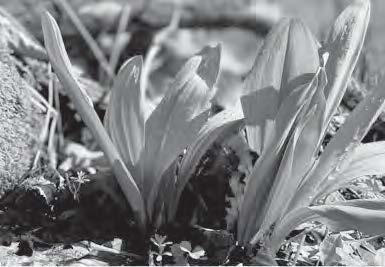
UNIVERSITY PARK, Pa. — Early spring enthusiasm for ramps — also known as wild leeks — may be causing lower crop yields and threatening communities of the forest herb, according to Penn State researchers.
Eaten for thousands of years by Native Americans, ramps are valued for their strong garlic-like aroma and delicious onion-like flavor. More recently, they have become popular among foodies and restaurant chefs, leading to an increased demand by urban consumers and a higher price point for the spring plant.
A new study by a team of Penn State researchers shows that waiting a month longer before harvest, which typically occurs between March 1 and May 30, would go a long way toward conserving communities of the wild onions and would increase the plants’ yield overall.
Diminishing supply. Found primarily in the forests of Appalachia, ramps’ newfound popularity raises concerns around supply, noted Eric Burkhart, associate teaching professor in ecosystem science and management. The leaves, stems, bulbs and flowers of the plant are all edible, and ramps can be used and cooked the same as fieldgrown, domestic onions.
“With even modest harvests from ramp patches, it can take years and years for those plant populations to rebound,” he said. “With the increased interest and demand for ramps, we want to learn and promote how to best steward wild populations of ramps and see how we can protect this cultural keystone resource for future generations.”
Burkhart’s research group in the College of Agricultural Sciences has been studying populations of eastern forest plants such as ginseng, golden seal and ramps for more than a decade, assessing harvest levels, foraging practices, and investigating both the prospects and best practices for forest farming, an agroforestry practice that many Pennsylvania forest landowners increasingly are interested in.
Patience rewarded. The results of this ramps study are straightforward, according to team member Sarah Nilson, assistant professor of biology at Penn State Beaver, who spearheaded the research. Ramp harvesting is mainly about digging, which is
labor intensive, she explained.
“If foragers would just wait a little longer, they can actually collect the same weight of ramps with less effort because the plants are larger,” Nilson said. “We will be trying to promote this little saying: Fewer ramps per pound is more ramps in the ground.”
In findings recently published in Agroforestry Systems, the researchers reported that ramp harvest timing greatly influences harvest weights. Total ramp and bulb weight increased 250% and 400%, respectively, between early season and late season stages, they pointed out. Also, they noted, three-leafed ramp plants were significantly larger than two-leafed ramps.
“Based on the study’s results, two ways to promote ramp conservation are to delay ramp harvests until about 30 days after emergence in the spring to ensure that the maximum bulb size has been reached, and to select three-leafed plants, which are generally larger in size,” the researchers suggested. “By targeting mid-late season plants, foragers are putting less of a dent in the population, especially if they are selling commercially.”
According to Burkhart and Nilson, these results suggest that consumers are an integral factor in conservation. In this regard, educational materials and events are currently being developed for the spring 2023 harvest season to help share information about these and other relevant findings the team has made regarding best practices for ramp foragers, Burkhart said.
(Joshua Lambert, professor of food science, and Teal Jordan, research technologist and laboratory manager contributed to the research. Funding for this research was provided by Pennsylvania Department of Conservation and Natural Resources, through its Wild Resource Conservation Program Grant and the Pennsylvania Department of Agriculture.)














